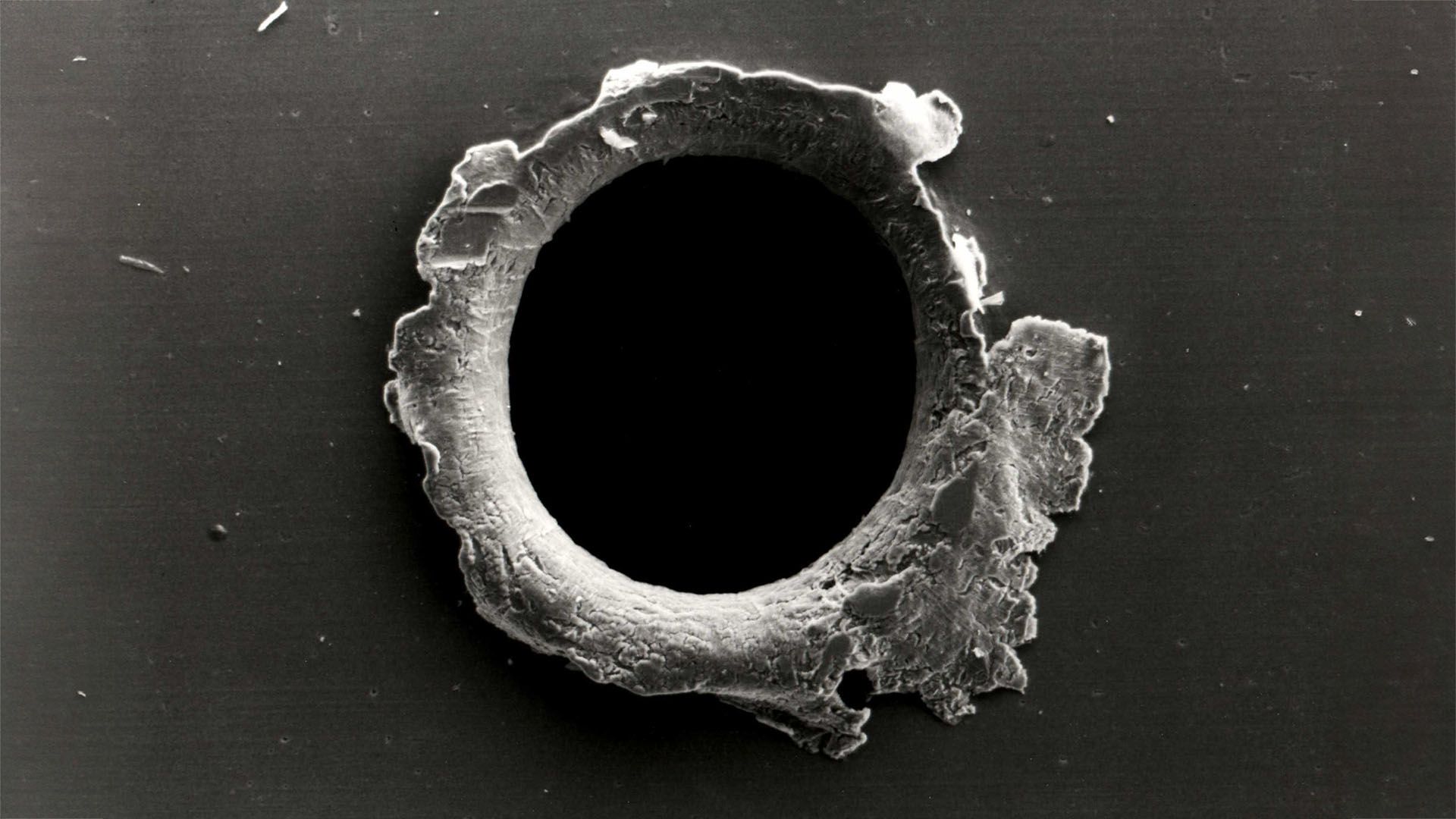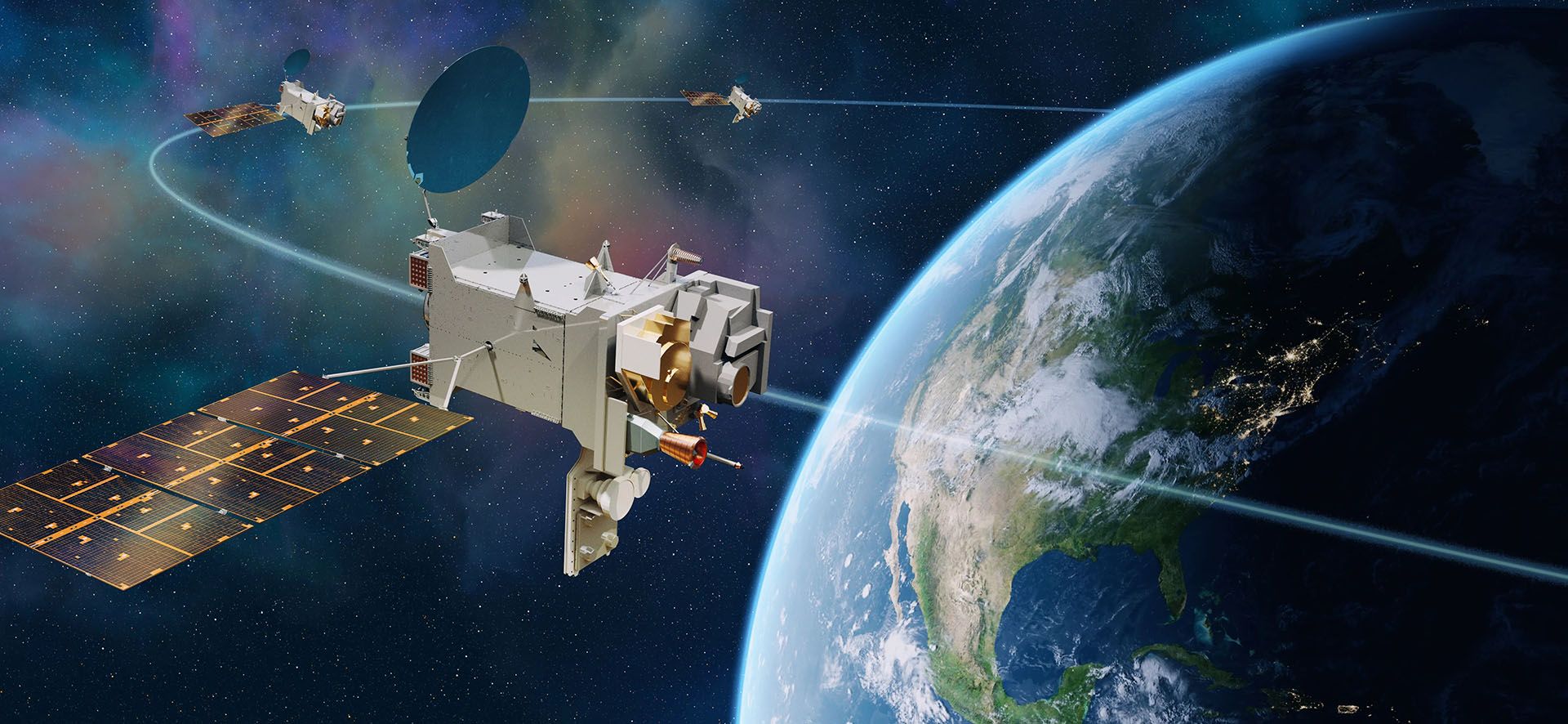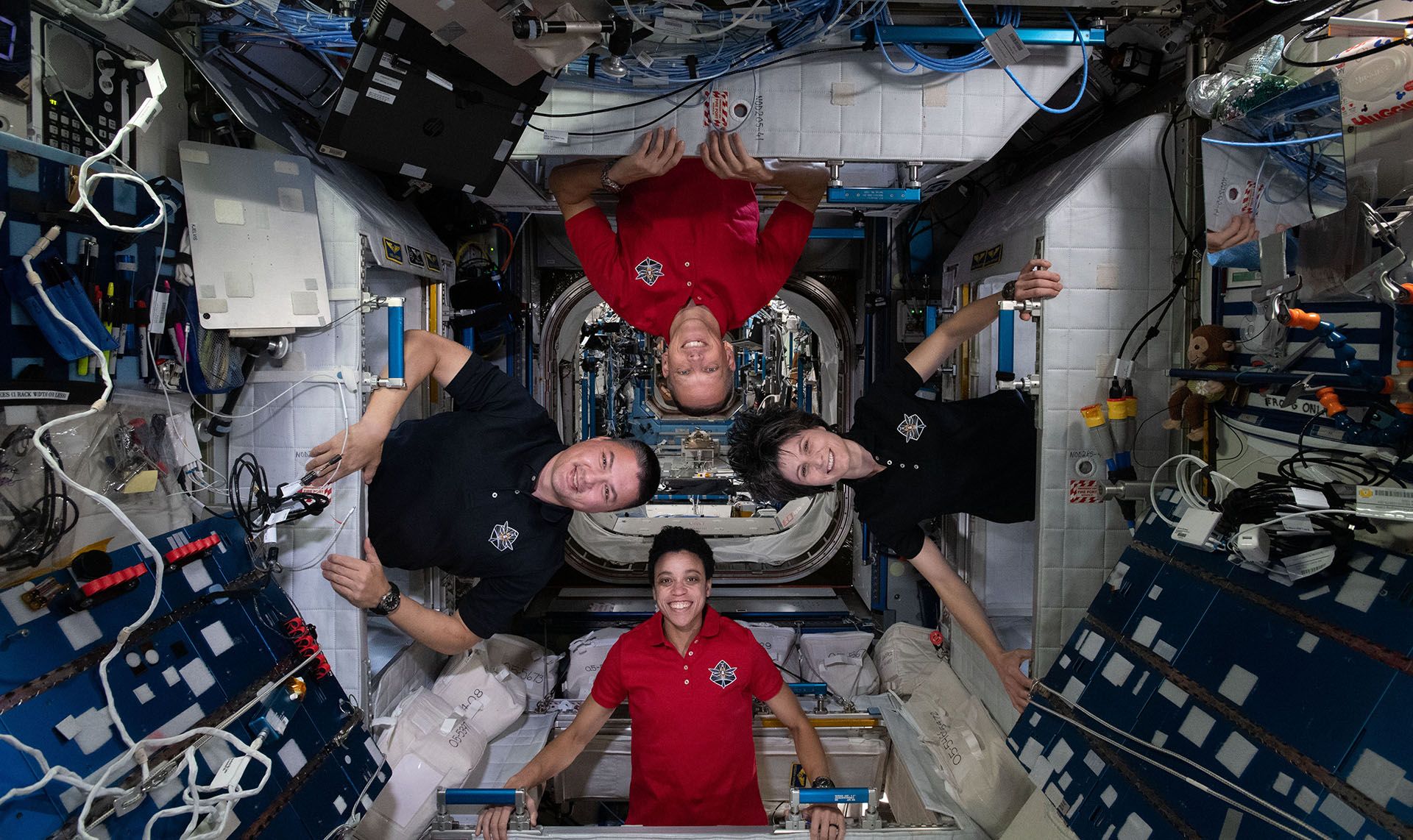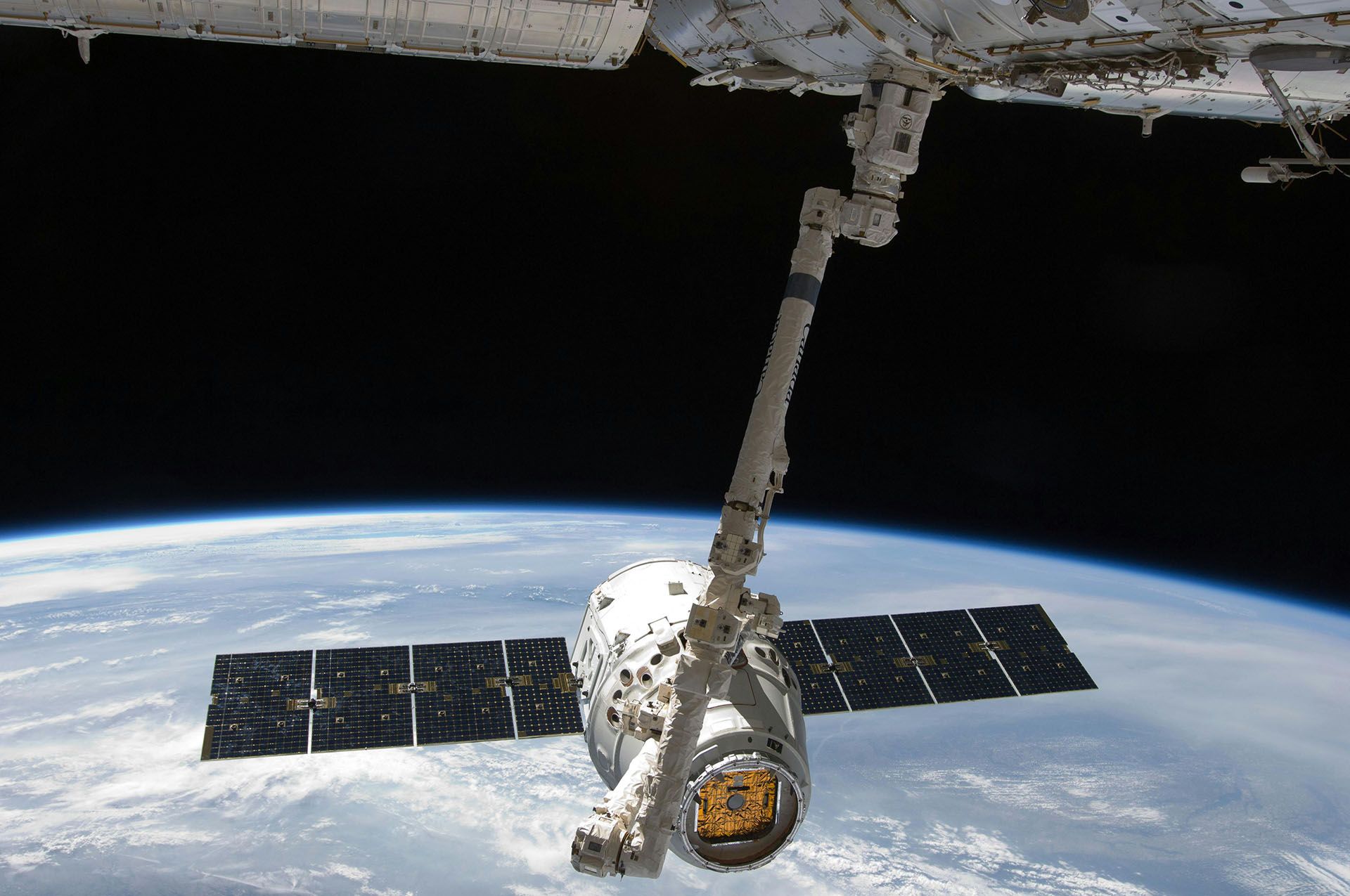
Summary
- Space junk is a major threat with millions of debris pieces now in orbit.
- Risks range from minor collisions reducing the working life of satellites to the complete loss of life in a crewed spacecraft.
- Kessler Syndrome poses a catastrophic scenario where debris could trap humanity on Earth forever.
- NASA is seeking innovative solutions to detect, track, and remediate space junk—including using lasers, magnets and nets.
There are a couple of thousand active satellites orbiting the Earth in 2025, but these are now greatly outnumbered by obsolete satellites and debris circling the planet. The risks posed by space junk range from damaging working satellites to a theoretical cascade effect which could forever trap us on our planet.
What Is Space Junk?
Space junk is the colloquial name given to what NASA terms “orbital debris” and is officially defined as “all man-made objects in Earth’s orbit that no longer serve a useful purpose.” Examples can be as large as obsolete satellites and upper stages of rockets, or as small as a 1mm paint fleck or piece of dust from a solid fuel rocket booster.
Collisions between orbital objects are rare, but where they do occur the impact can have as much energy as a powerful explosion, creating thousands of individual pieces of debris.
Most of these collisions are accidental, but in recent years a new danger has emerged: anti-satellite weapons, or ASAT. China, India, Russia, and the US all have ASAT technology, and all four countries have have carried out tests of their so-called satellite killers in orbit (destroying their own satellites).
Space debris in lower orbits tends to re-enter the atmosphere within a few years. These items mostly burn up as they travel through the atmosphere and disintegrate before they can reach the ground. However, in general, the further debris is from the planet, the longer it’ll remain in orbit. For example, debris in geostationary orbit, which is some 22,000 miles from the surface of the Earth and very stable, can remain there almost indefinitely. Indeed, it’s believed that some examples could still be orbiting the Earth millions of years from now, or even longer.
What’s the Scale of the Problem?
It’s very hard to get accurate figures for the smallest examples. What we can say for sure is that there are more than 3,000 dead satellites orbiting the Earth and around 10,000 active ones. NASA has also identified more than 21,000 examples of space debris measuring 10cm (4 inches) or more.
Once we get below that size, we rely on estimates. NASA estimates around half a million pieces of junk in the 1-10cm range, and a staggering 100 million pieces smaller than this.
It might seem silly to worry about things as small and light as flecks of paint from rockets, but when you consider that those tiny particles can be orbiting at speeds of up to 18,000mph, then the potential for them to damage equipment and put astronauts at risk becomes clearer. The main photo at the top of the piece shows damage caused to a NASA satellite by a very small piece of debris.
The Risks to Working Satellites
One of the risks from space junk is that it will collide with a satellite, damaging or destroying it. This can be as catastrophic as a full-scale collision resulting in the total loss of the satellite, or as subtle as gradual ‘sand-blasting’ of solar panels to the point where they can eventually no longer generate sufficient electricity to power the device.
Between the two extremes are impacts with critical components which can disable a satellite. When you consider the reliance we have on satellites for everything from entertainment broadcasting through GPS and weather monitoring systems to emergency cellphone calls, it’s not an issue which can be taken lightly.
The Risks to Crewed Spacecraft
The biggest danger is space debris colliding with a crewed spacecraft. In the worst case, that could lead to the total loss of the craft and the deaths of everyone on board. A piece of debris as small as 1cm (0.4 inches) could be capable of penetrating the shields surrounding the International Space Station (ISS).
This risk isn’t a theoretical one. There have been 39 occasions on which the ISS has had to perform a collision-avoidance maneuver, and that number is expected to continue to rise as the space surrounding our planet gets more crowded.
There’s better news for any future crewed missions to the moon or other planets. Because the danger zone is relatively thin, and spacecraft leaving Earth are traveling some 17 miles per second, the time at risk is very brief, meaning the risk of a collision is very small. At least for now.
The Nightmare Scenario of Kessler Syndrome
I mentioned that a collision between two satellites or similarly-sized space junk could lead to an impact with enough power to shatter them into thousands of pieces. Each of those pieces then represents a new danger and could themselves create further catastrophic impacts. That potentially creates a cascade effect where each destructive collision sets off a chain reaction of collisions.
That possibility led NASA scientist Donald J Kessler to hypothesize a situation in which this chain reaction could continue until there was so much debris that low Earth orbit is completely unusable. This would not only end satellite usage, but also prevent spacecraft from passing through it, trapping us inside it. This nightmare scenario is known as Kessler Syndrome.
Some have suggested that Kessler Syndrome may explain the Fermi paradox. Briefly, this states that if intelligent life exists abundantly elsewhere in the universe, then it is inconceivable that someone wouldn’t have visited us by now. Kessler Syndrome would explain this: alien life exists, but none of it can leave its own planet.
There appears to be no current scientific consensus on how likely it is for Kessler Syndrome to ever occur.
Can We Solve the Problem?
While there is no consensus on Kessler Syndrome, there is widespread acknowledgment that space junk is a growing problem that needs to be addressed.
The United Nations agreed a policy that each space nation must remove from orbit any non-functional satellite within 25 years of its end of life. NASA says that solutions are urgently needed, and has created an open competition for companies and organizations to find innovative ways to detect, characterize, track and “remediate” space junk.
Remediation is defined as either removing or reusing it, or moving it into an orbit where it will eventually be captured by the atmosphere and destroyed.
Potential solutions proposed include using lasers to push debris out of orbit, as well as using magnets, harpoons, or nets (like the RemoveDEBRIS Mission) to capture debris.
Left unchecked, the problem of space debris will only get worse. Urgent solutions are needed, and there’s hope that NASA’s competition will lead to practical solutions.
Source link









